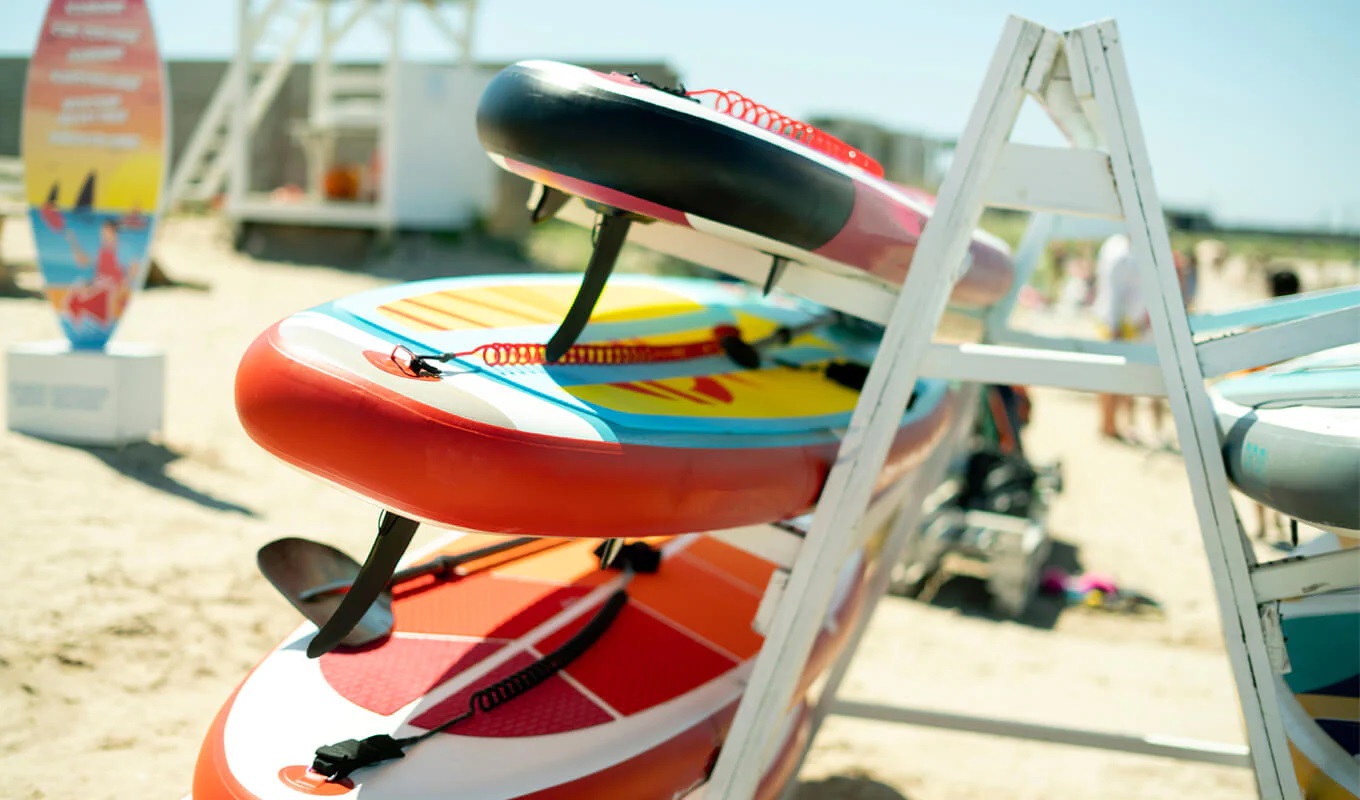

Articles
How To Store A Paddle Board
Modified: February 28, 2024
Learn how to properly store your paddle board with our informative articles. Follow our step-by-step guide to keep your board in top condition and ready for your next adventure.
(Many of the links in this article redirect to a specific reviewed product. Your purchase of these products through affiliate links helps to generate commission for Storables.com, at no extra cost. Learn more)
Introduction
Whether you’re a seasoned paddle board enthusiast or a beginner just starting out, proper storage is essential for maintaining the longevity and performance of your paddle board. Storing your paddle board correctly will protect it from damage and ensure that it stays in great condition for many seasons to come. In this article, we will guide you through a step-by-step process on how to store a paddle board, whether it is an inflatable board or a rigid fiberglass board.
Paddle boards can be quite an investment, so it’s crucial to take the necessary precautions when it comes to storage. By following these guidelines, you can extend the lifespan of your board and keep it in optimal condition between uses.
Before diving into the storage process, it’s important to note that paddle boards come in different types, such as inflatable and rigid boards. The storage techniques for each type may vary slightly. Inflatable paddle boards need to be deflated and rolled up, while rigid boards require different handling. We will cover the storage methods for both types, so no matter what kind of board you have, you’ll find the information you need.
So, let’s get started and learn how to properly store your paddle board to keep it looking and performing its best!
Key Takeaways:
- Properly storing your paddle board is crucial for maintaining its longevity and performance. Follow these steps to ensure your board stays in great condition and is ready for your next water adventure!
- From cleaning and drying to choosing the right storage location, these steps will help protect your investment and ensure your paddle board remains in peak condition for all your future adventures.
Read more: How To Store Paddle Boards
Step 1: Clean and Dry the Paddle Board
Before storing your paddle board, it’s crucial to clean it thoroughly to remove any dirt, sand, or debris that may have accumulated during your last adventure. Cleaning the board will prevent any residue from deteriorating the surface of the board over time. Here’s what you need to do:
- Start by rinsing off the paddle board with fresh water. Using a hose or a bucket of water, gently wash away any dirt or saltwater residue. Pay special attention to the bottom of the board, as this is where most of the grime tends to accumulate.
- If there are any stubborn stains or marks on the board, you can use a mild soap or a non-abrasive cleaner. Apply the soap solution to a sponge or a soft cloth and gently scrub the affected areas. Avoid using harsh chemicals or abrasive cleaning tools, as they can damage the board’s surface.
- After cleaning the board, rinse it thoroughly with fresh water to remove any soap or cleaning residue.
- Once the board is clean, allow it to dry completely before storing it. This step is crucial to prevent mold or mildew growth. Place the board in a well-ventilated area or in direct sunlight to expedite the drying process. Avoid storing a wet or damp board, as it can lead to damage and reduce the lifespan of the board.
By cleaning and drying your paddle board before storage, you can ensure that it remains in pristine condition and ready for your next adventure. Taking the time to properly clean and dry the board will also make the storage process easier and more effective.
Step 2: Remove Any Accessories or Attachments
Before storing your paddle board, it is important to remove any accessories or attachments that may be attached to it. This includes fin, leash, and any other add-ons that you may have used during your paddle boarding sessions. Removing these accessories not only helps to protect them, but it also prevents any unnecessary strain or damage on the board during storage.
Here’s how you can safely remove the accessories from your paddle board:
- Start by carefully removing the fin. The fin is an essential component of the paddle board that helps with stability and maneuverability. To remove the fin, locate the fin box on the underside of the board near the rear. Depending on the type of fin attachment, you may need to unscrew it or simply slide it out.
- Next, detach the leash from the board. The leash is a vital safety accessory that keeps you connected to the board while in the water. Locate the point where the leash is attached to the board, usually near the tail, and unfasten it. Gently remove the leash, being careful not to damage it or the attachment point.
- If you have any other accessories or attachments, such as a GoPro mount or deck pad, carefully remove them according to the manufacturer’s instructions. Ensure that you don’t leave any residue or adhesive on the board’s surface.
By removing all accessories and attachments, you can reduce the risk of damage during storage and ensure that each component remains in optimal condition. Once the accessories are safely removed, you can proceed with the next step of preparing your paddle board for storage.
Step 3: Deflate the Paddle Board (if Inflatable)
If you have an inflatable paddle board, it’s essential to deflate it before storing it. Deflating the board helps to reduce its size and make it easier to handle and store. Here’s a step-by-step guide on how to deflate your inflatable paddle board:
- Start by removing the fin from the fin box (if you haven’t done so already). This will prevent any potential damage to the fin during the deflation process.
- Locate the valve on the paddle board. Most inflatable paddle boards have a single valve, similar to the kind found on inflatable mattresses or pool floaties. Open the valve by turning it counterclockwise.
- Press down gently on the paddle board to release the air. Start from the nose and work your way towards the tail, using both hands to press the air out. You can also use your body weight to help deflate the board more efficiently.
- After releasing most of the air, fold the paddle board in half lengthwise, making sure to push out any remaining air trapped inside. Continue to fold the board until it is compact and the air is fully expelled.
- With the board folded, close the valve by turning it clockwise. Ensure that it is tightly closed to prevent any air from re-entering the board.
By deflating your inflatable paddle board, you can save valuable storage space and protect the board from potential damage. Remember to keep the valve closed securely to maintain the deflation and prevent any air from seeping back in.
If you have a rigid paddle board, you can skip this step and move on to the next one.
Step 4: Roll Up the Paddle Board (if Inflatable)
If you have an inflatable paddle board, rolling it up properly is crucial to ensure effective storage and protection. Rolling the board correctly will prevent creases or damage to the material, making it easier to store and transport. Here’s how you can roll up your inflatable paddle board:
- Start by spreading out the deflated paddle board on a clean and flat surface. Make sure there are no sharp objects that could potentially puncture the board during the rolling process.
- Starting from the tail of the paddle board, begin rolling it up tightly towards the nose. Use both hands to guide the roll and apply firm pressure to keep it tight.
- As you roll up the board, pay attention to any areas that may have air pockets. Press out any trapped air while rolling to ensure a compact and even roll.
- Once the board is fully rolled up, secure it with the provided straps or bungee cords. Wrap the straps around the rolled-up board and tighten them to keep the roll in place.
- Take a moment to ensure that the rolled-up board is compact and secure. If necessary, adjust the straps or cords to minimize any movement during storage.
Rolling up your inflatable paddle board properly not only saves space but also protects the board from damage. A tightly rolled board will prevent air from entering and potentially causing long-term damage to the material. Remember to store the rolled-up paddle board in a dry and cool location to maintain its integrity.
If you have a rigid paddle board, you can skip this step and move on to the next one.
Store your paddle board in a cool, dry place away from direct sunlight to prevent warping or damage. Use a board bag or cover to protect it from dust and scratches.
Read more: How To Store Inflatable Paddle Board
Step 5: Store in a Cool and Dry Location
Proper storage conditions are crucial for preserving the integrity and lifespan of your paddle board. Whether it is an inflatable or rigid board, storing it in a cool and dry location is essential to prevent damage from moisture, heat, and other environmental factors. Here’s what you need to do:
- Find a suitable storage area for your paddle board. Ideally, it should be a cool and dry location away from direct sunlight and extreme temperature changes. A garage, shed, or even a dedicated paddle board storage rack are excellent options.
- Ensure that the storage area is clean and free from any potential hazards that could damage the board. Remove any sharp objects or chemicals that may come into contact with the board and cause harm.
- If you have an inflatable board, make sure the storage area is free from any sharp or abrasive surfaces that could puncture the board. Consider using a soft mat or foam padding to provide extra protection.
- If possible, elevate the paddle board off the ground to prevent moisture buildup. Using a rack or storage system designed specifically for paddle boards will help provide proper support and keep the board in an optimal position.
- Avoid storing the paddle board in areas prone to high humidity or dampness, as this can lead to mold or mildew growth. If necessary, use a dehumidifier or moisture-absorbing products in the storage area to maintain the right humidity level.
By storing your paddle board in a cool and dry location, you can protect it from potential damage and prolong its lifespan. Additionally, proper storage will ensure that your paddle board is ready for use whenever you’re ready to hit the water again.
Step 6: Use a Board Bag or Protective Cover
Using a board bag or protective cover is an excellent way to safeguard your paddle board from scratches, dings, and other potential damage while in storage. Whether you have an inflatable or rigid board, a protective cover adds an extra layer of protection. Here’s what you need to know:
- Choose a board bag or cover that is specifically designed for your type and size of paddle board. There are options available for both inflatable and rigid boards. Ensure that the bag or cover provides a snug fit.
- Clean and dry your paddle board before placing it inside the bag or cover. This will prevent any dirt or moisture from becoming trapped and potentially causing damage over time.
- When using a board bag, carefully slide your paddle board inside, ensuring that it is centered and aligned properly. Fasten any straps or closures to secure the board inside the bag.
- If using a protective cover, carefully place it over the board and ensure that it fully covers the entire surface. Fasten any closures or ties to keep the cover in place.
- Make sure the board bag or cover provides adequate protection from dust, UV rays, and other potential elements that could damage the board. Look for features such as padding or UV-resistant materials.
- Store your paddle board with the bag or cover in place, as this will provide ongoing protection against accidental bumps or scratches.
A board bag or protective cover is an investment that pays off in the long run by keeping your paddle board in excellent condition. It provides an added layer of protection during storage and transportation, ensuring that your board stays in peak shape for future paddle boarding adventures.
Step 7: Store Horizontally or Vertically
How you choose to store your paddle board can impact its longevity and overall condition. There are two main options for storing your board: horizontally or vertically. Both methods have their advantages, and the choice ultimately depends on the available space and personal preference. Here’s what you need to consider:
- If you opt to store your paddle board horizontally, make sure it is supported evenly along its entire length. You can use foam padding, towels, or a dedicated paddle board rack to provide support. This method is ideal if you have limited headspace or if you prefer easy access to your board.
- Storing your paddle board vertically is another popular option, especially if you have ample vertical storage space. Using a paddle board wall rack or mounting brackets, position the board upright with the deck facing the wall. Make sure the supporting points are sturdy and secure.
- When storing the board vertically, be mindful of the weight distribution to prevent any excessive strain on the board. Avoid leaning it against a single point, such as the tip or tail, as this can cause unwanted stress or even distortion over time. Ensure that the board is well-balanced and supported throughout its length.
- If you have an inflatable paddle board, storing it vertically when fully inflated may cause unnecessary strain on the seams. In this case, horizontal storage is recommended, either with the board flat or slightly elevated off the ground to prevent moisture buildup.
Ultimately, the goal is to find a storage solution that provides proper support and minimizes any potential pressure points on the board. Whichever method you choose, ensure that the storage area is stable, secure, and free from any potential hazards that could damage the board.
By storing your paddle board in a horizontal or vertical position, you can maximize space, reduce the risk of damage, and prolong the lifespan of your cherished watercraft.
Step 8: Avoid Exposure to Direct Sunlight or Extreme Temperatures
Protecting your paddle board from prolonged exposure to direct sunlight and extreme temperatures is crucial for maintaining its integrity and performance. These environmental factors can cause fading, warping, and degradation of the materials, leading to potential damage. Here’s what you need to do:
- Avoid storing your paddle board in areas where it will be exposed to direct sunlight for extended periods. Prolonged exposure to UV rays can cause the board’s surface to fade and weaken over time.
- Choose a storage location that is shielded from direct sunlight, such as a shaded area in a shed or garage. If it’s not possible to find a completely shaded spot, consider using a cover or board bag that provides UV protection for added defense.
- Extreme temperatures can also have a negative impact on your paddle board. Avoid storing the board in areas that experience extreme heat or cold, such as attics or uninsulated sheds.
- If you live in an area with particularly hot climates, take extra precautions to keep the board cool. Consider using reflective materials, like a light-colored cover, to minimize heat absorption.
- When transporting your board, avoid leaving it exposed to direct sunlight on a car roof rack or in the back of a truck for prolonged periods. Whenever possible, park in shaded areas or use a cover to protect the board from intense sunlight.
- If you plan to use your paddle board in extreme temperatures, be mindful of the potential effects on the board’s performance and durability. Consult the manufacturer’s recommendations for temperature limits and take appropriate precautions.
By avoiding exposure to direct sunlight and extreme temperatures, you can significantly prolong the lifespan and appearance of your paddle board. These simple steps will help protect your investment and ensure that your board remains in peak condition for all your future adventures.
Read more: How To Store Paddle Boards In Garage
Conclusion
Properly storing your paddle board is essential for its longevity and performance. By following the steps outlined in this guide, you can ensure that your paddle board stays in great condition and is ready for use whenever you’re ready to hit the water.
Remember to clean and dry your paddle board thoroughly before storing it to prevent dirt and moisture from causing damage over time. Remove any accessories or attachments, such as fins or leashes, to reduce strain on the board during storage. If you have an inflatable paddle board, make sure to deflate it and roll it up tightly before storing it.
Choose a cool and dry storage location that protects your paddle board from direct sunlight and extreme temperatures. Utilize board bags or protective covers to provide an extra layer of defense against scratches and dings. Whether you store your paddle board horizontally or vertically, ensure that it is properly supported and balanced.
Avoid exposing your paddle board to prolonged sunlight and extreme temperatures, as these can cause damage and deterioration. Take precautions during transportation to shield your board from direct sunlight and make sure to adhere to the manufacturer’s recommendations on temperature limits.
By following these steps and implementing proper storage practices, you can prolong the lifespan of your paddle board and maintain its optimal condition for many seasons of paddleboarding enjoyment. So, go ahead and store your board with care, knowing that it will be ready for your next water adventure!
Frequently Asked Questions about How To Store A Paddle Board
Was this page helpful?
At Storables.com, we guarantee accurate and reliable information. Our content, validated by Expert Board Contributors, is crafted following stringent Editorial Policies. We're committed to providing you with well-researched, expert-backed insights for all your informational needs.
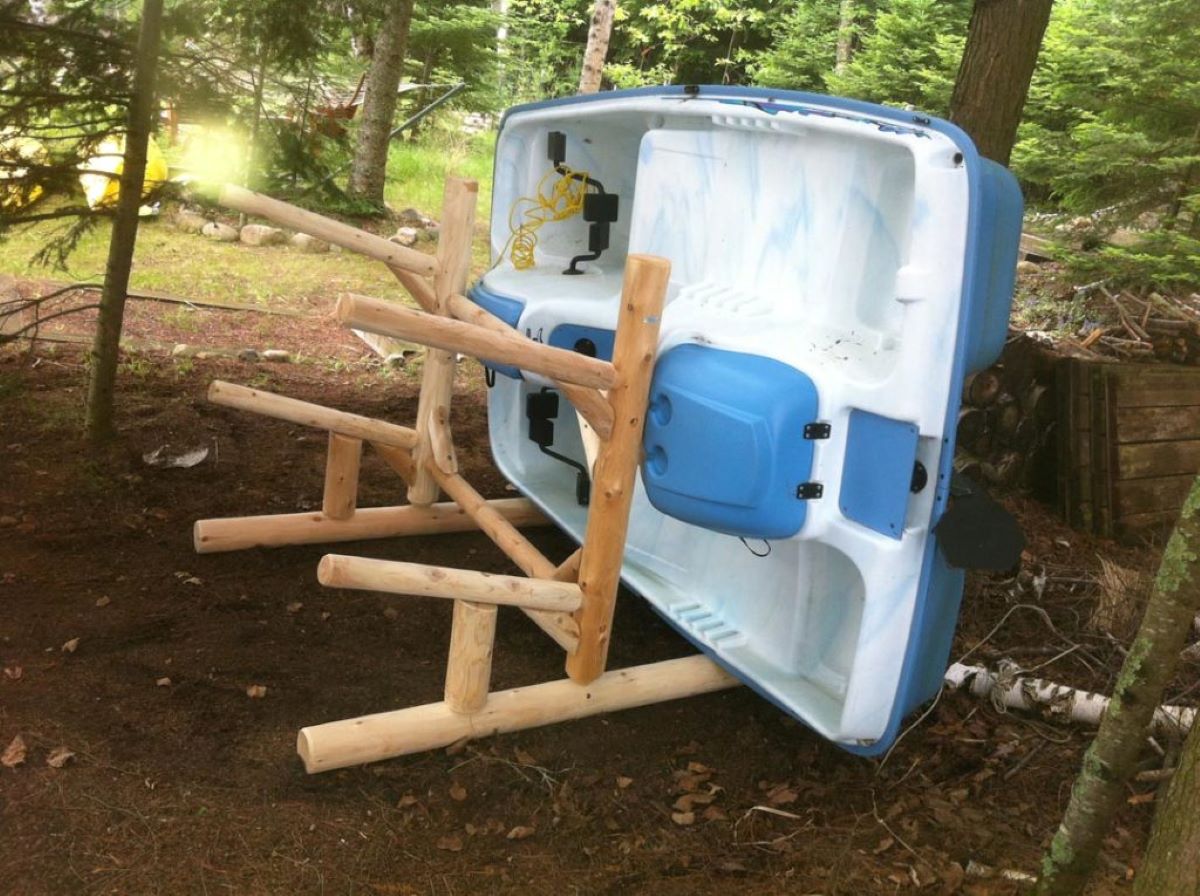

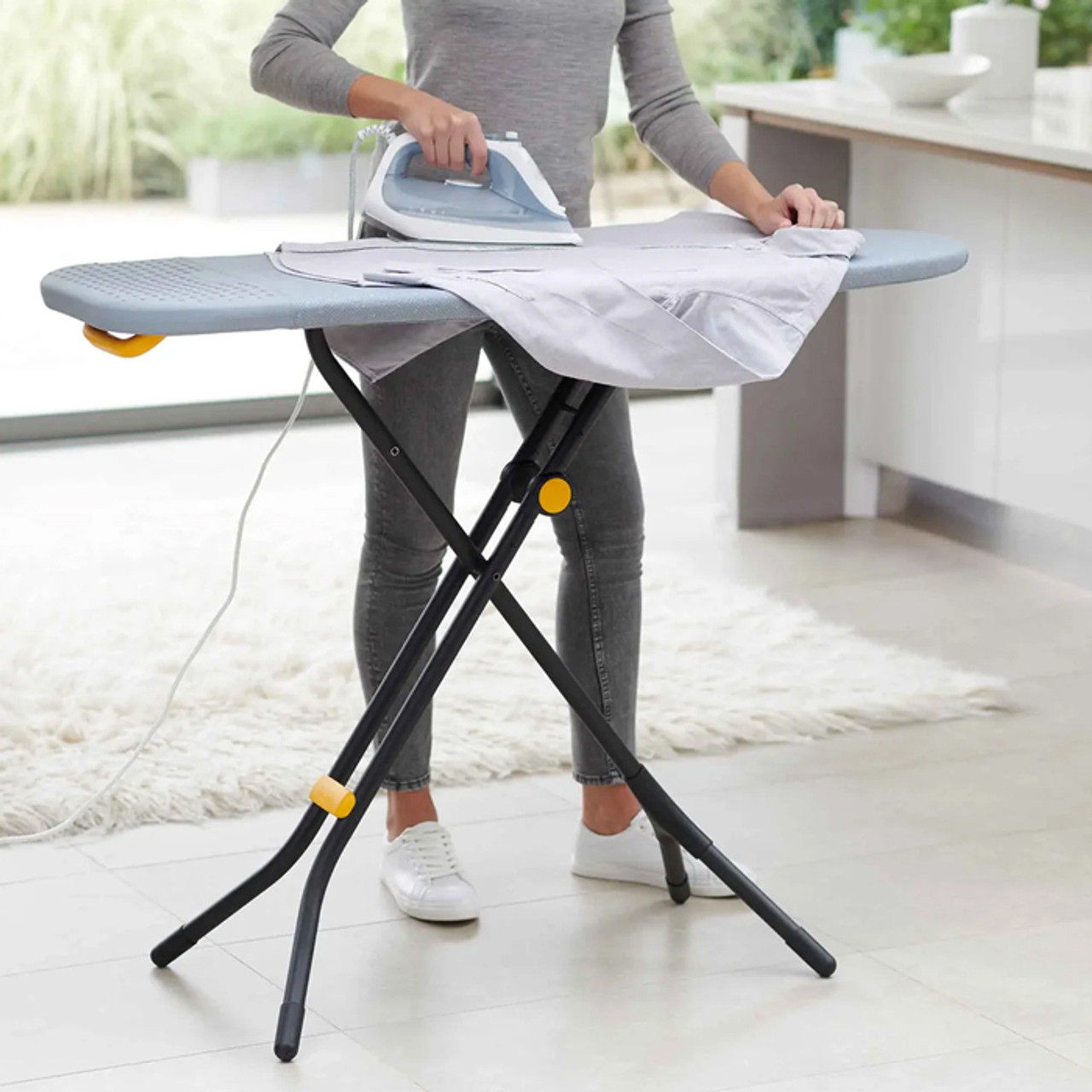

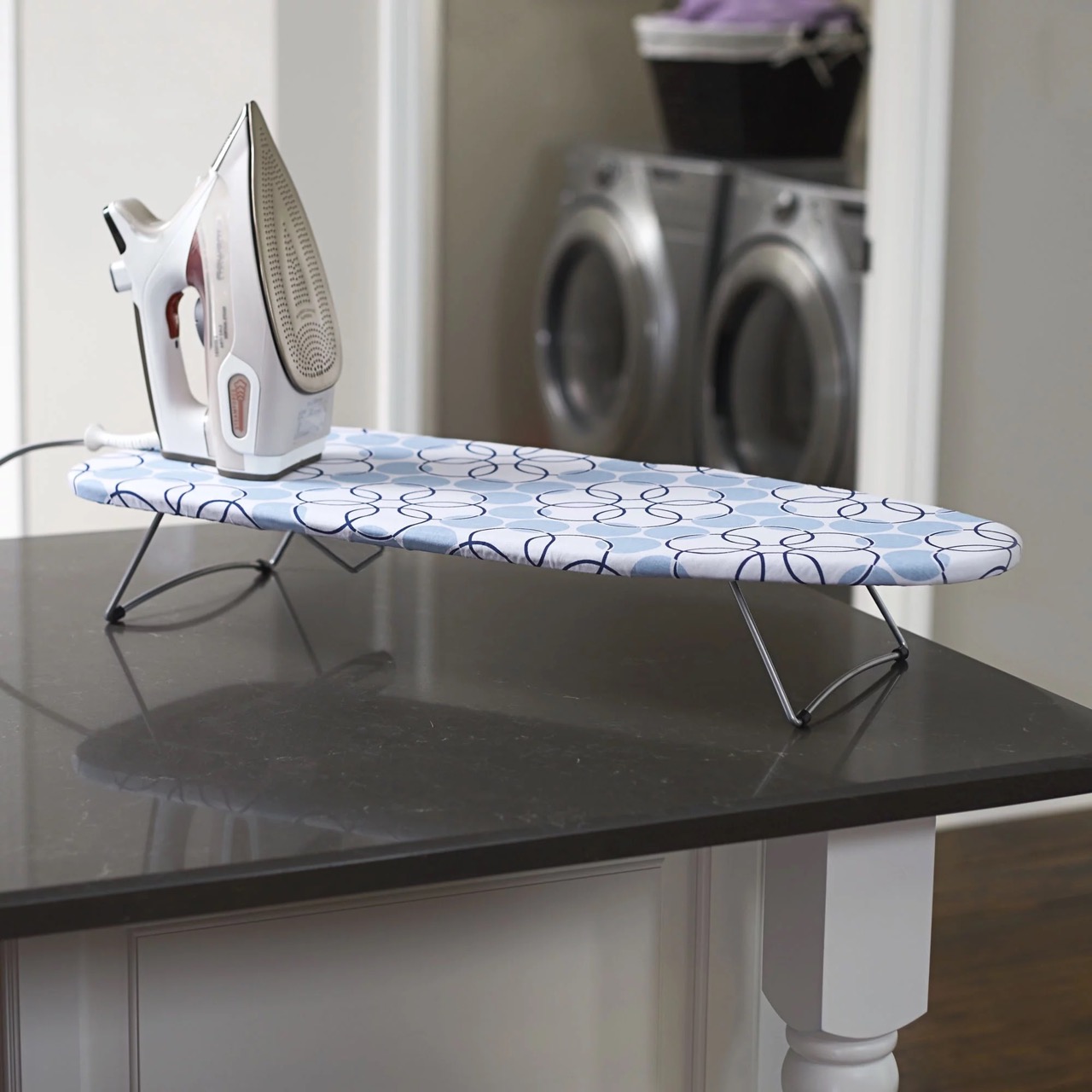
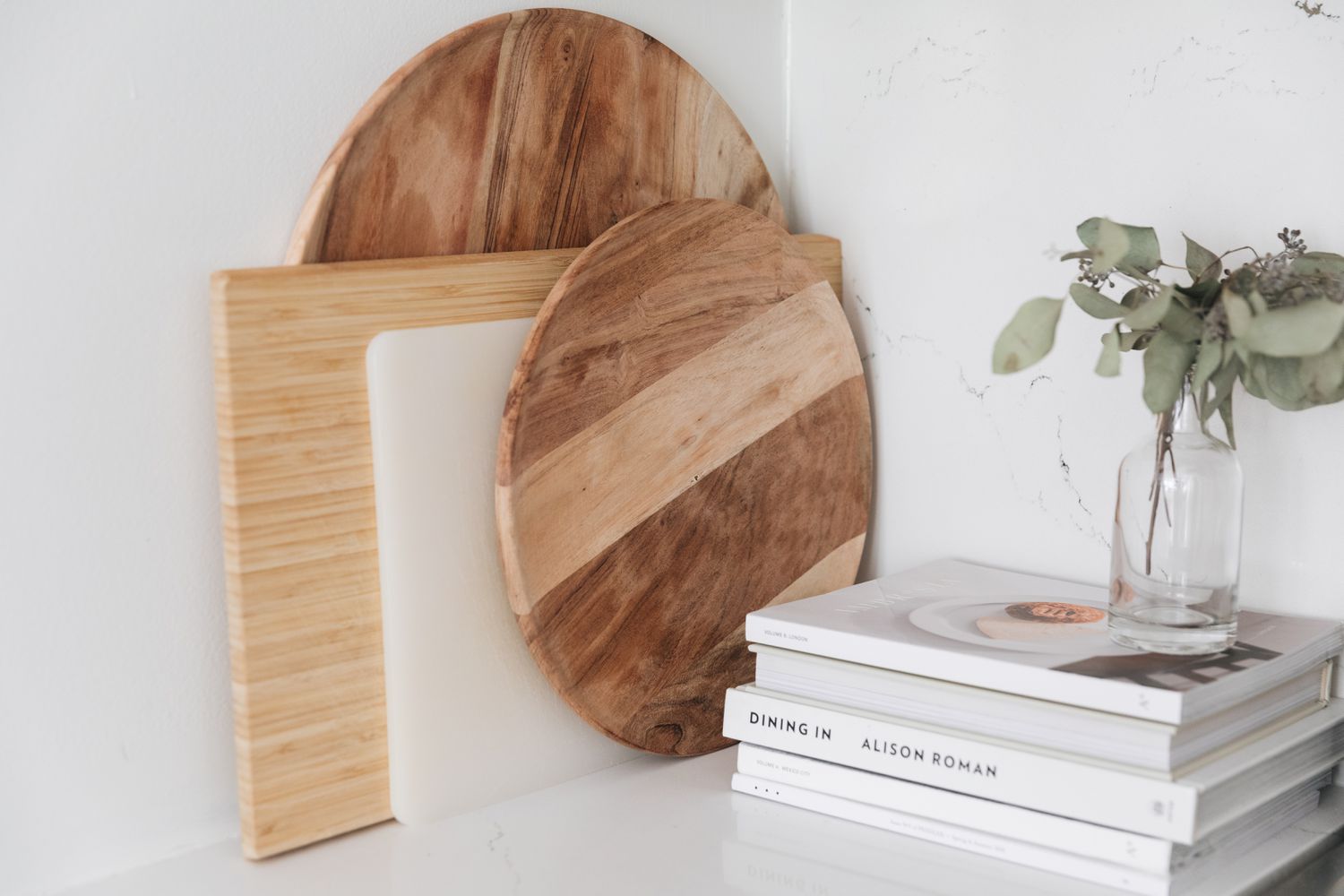

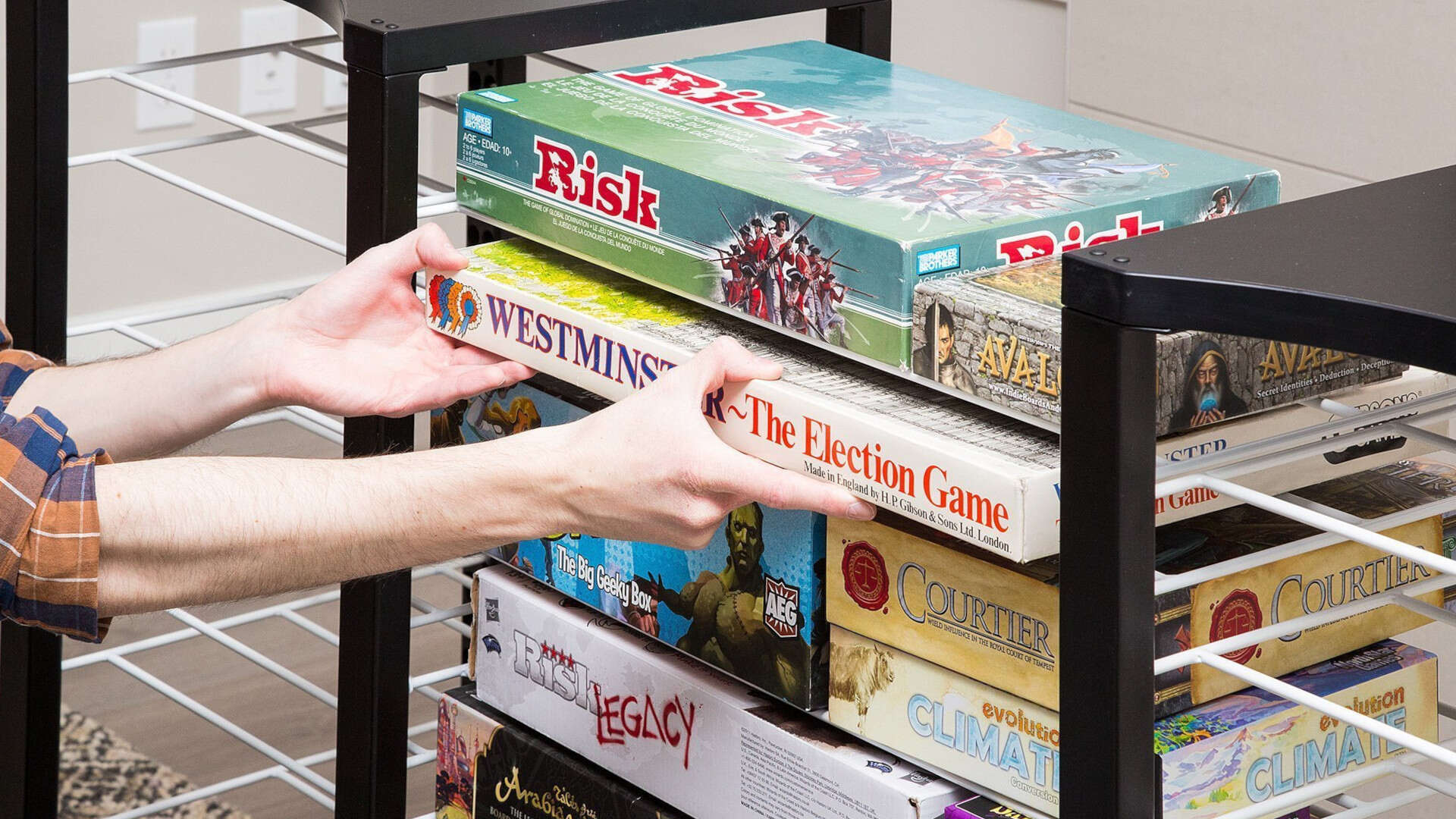
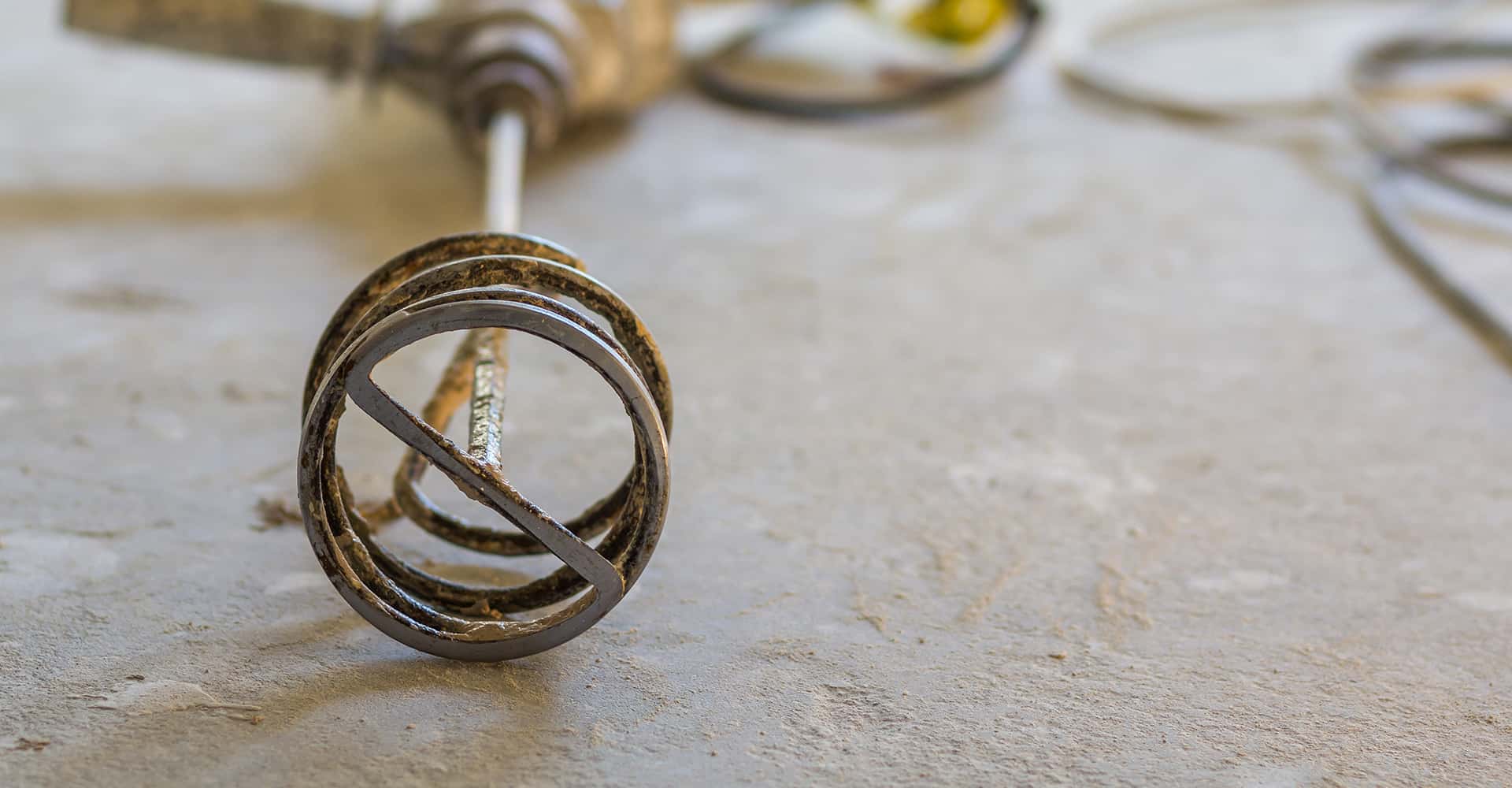
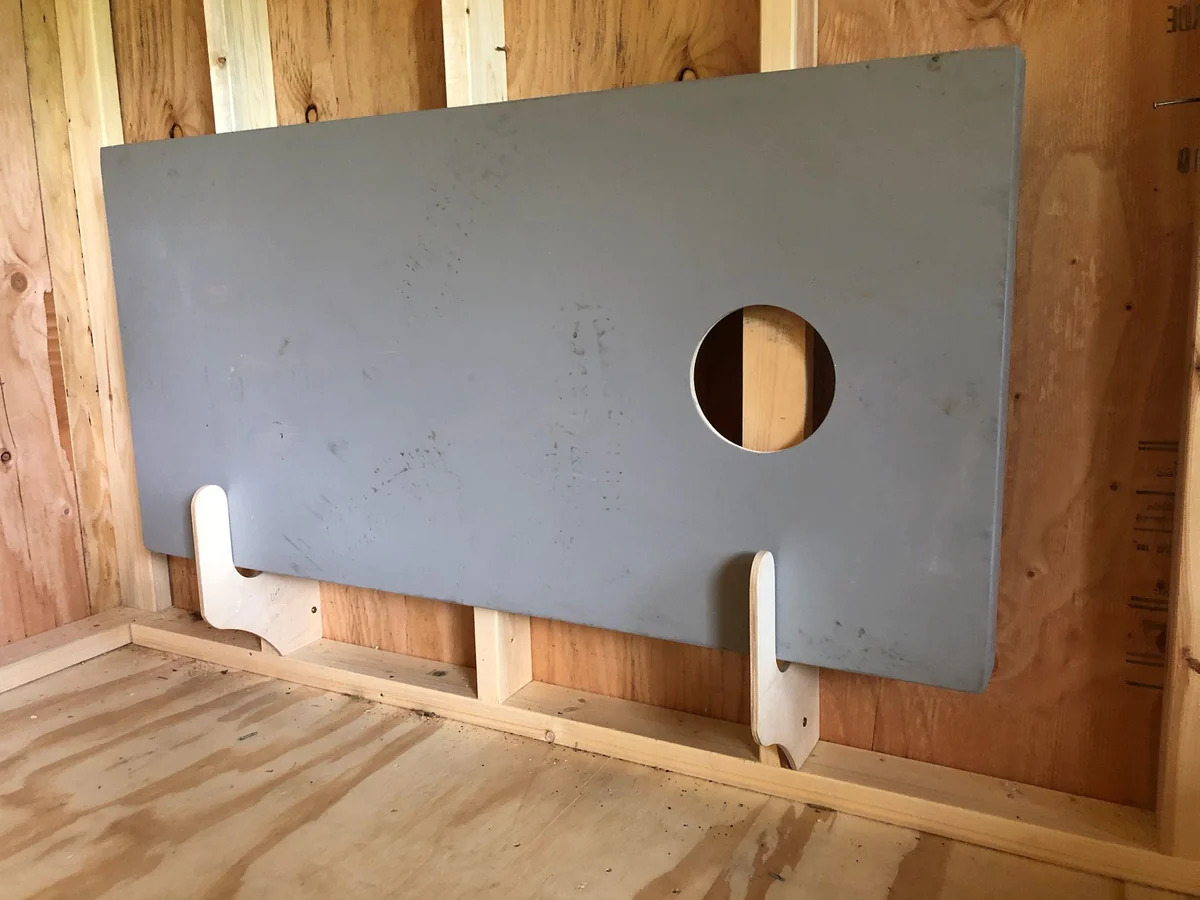

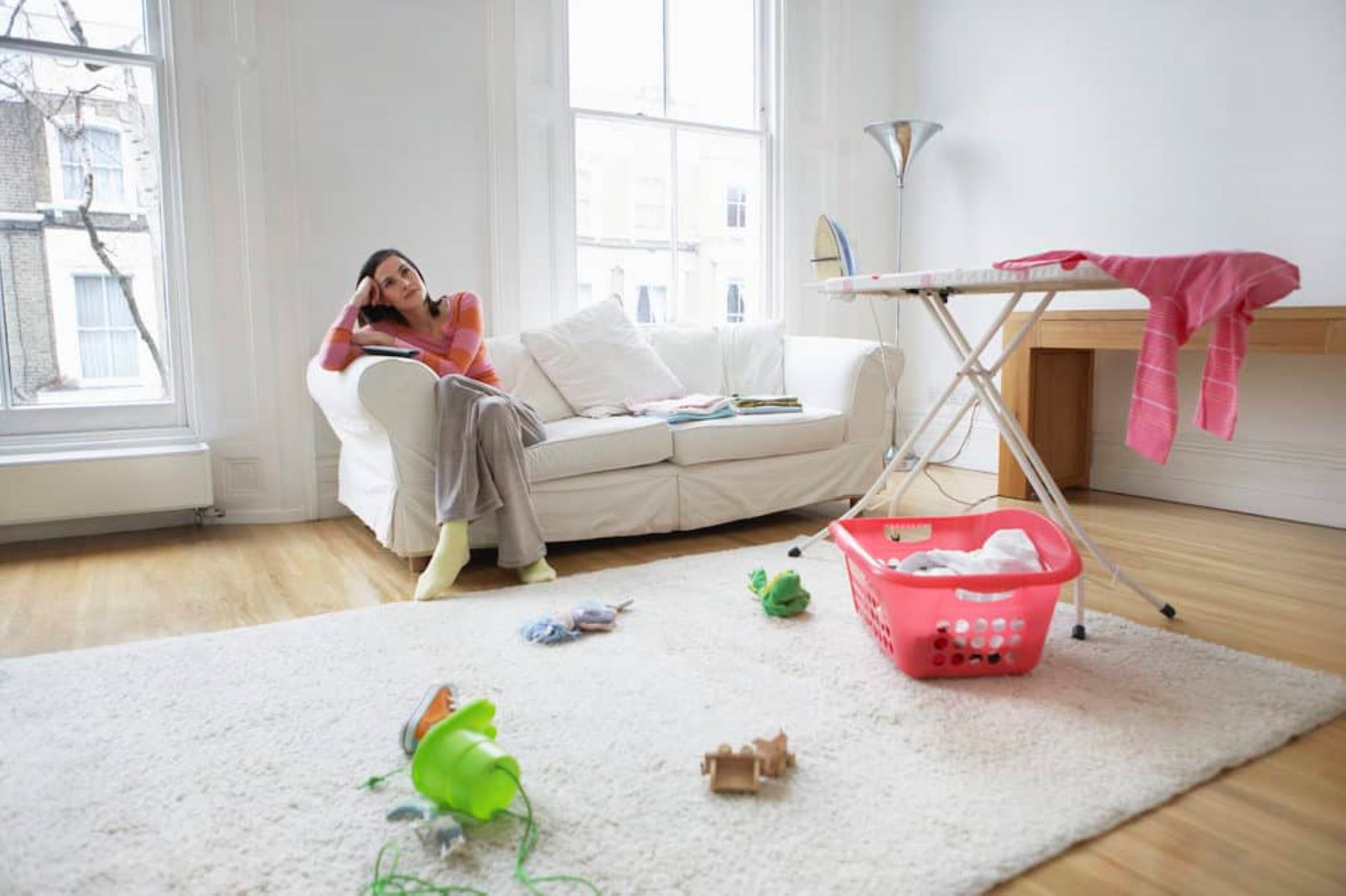
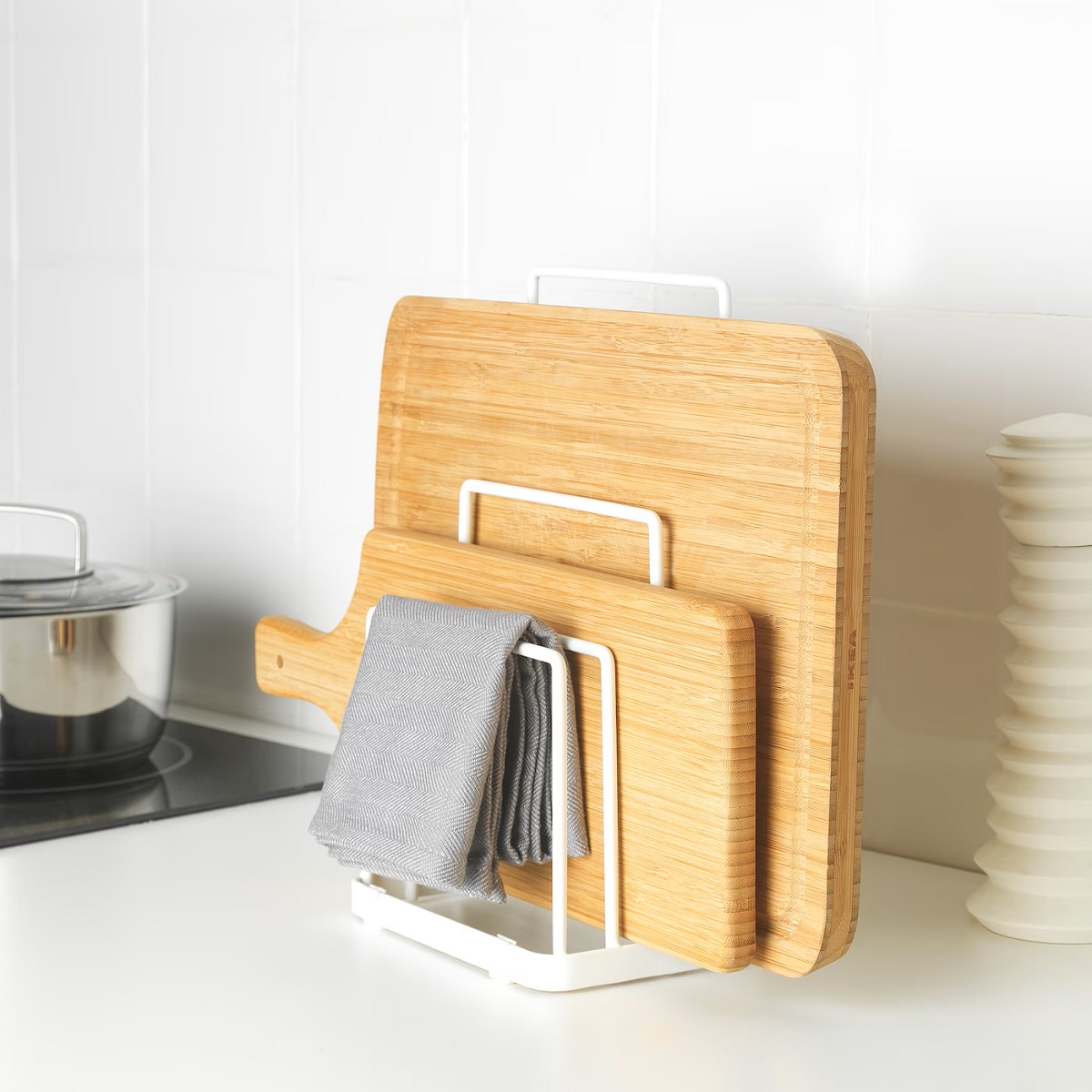

0 thoughts on “How To Store A Paddle Board”